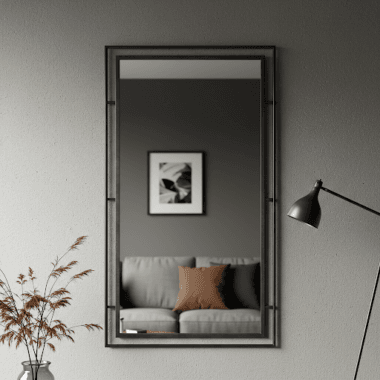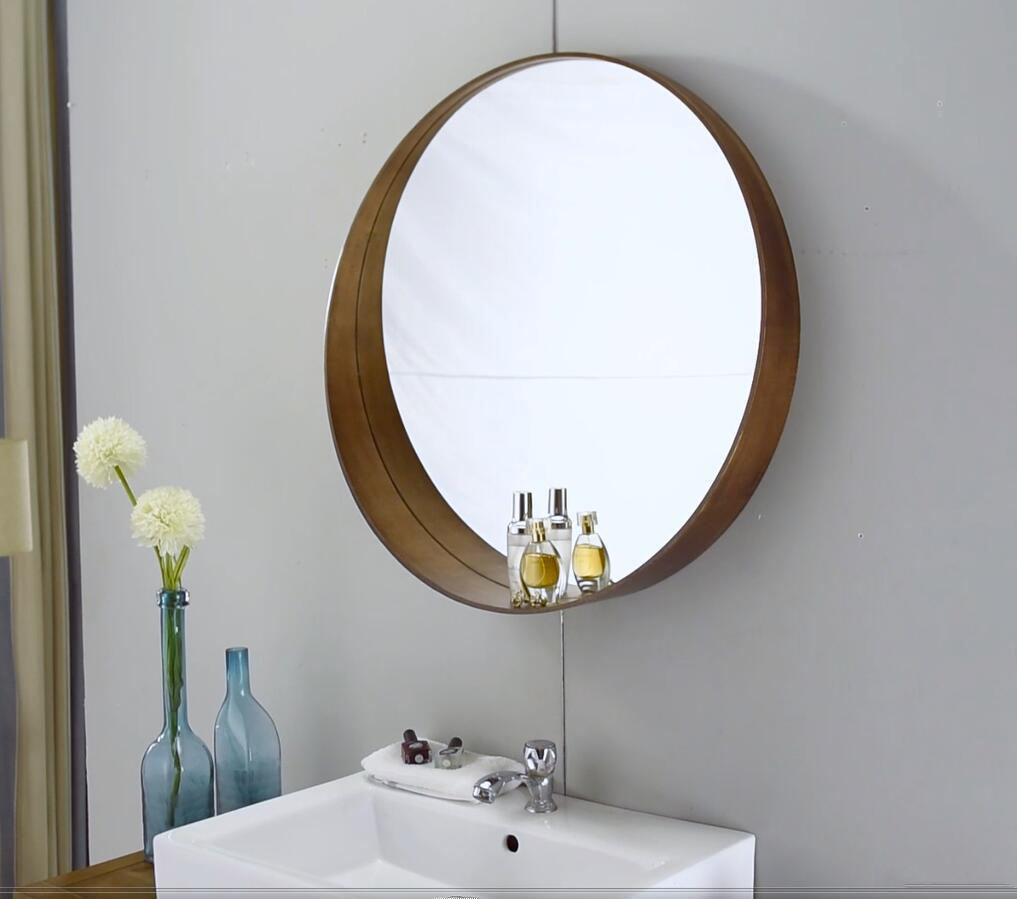Mirrors are one of the most common objects in our everyday lives, used for everything from grooming to scientific experiments. But have you ever stopped to think about the science behind reflectivity and how mirrors work? In this article, we will explore the properties of light and how mirrors reflect it, as well as the different types of mirrors and their uses.
The Properties of Light
To understand how mirrors reflect light, we first need to understand the properties of light. Light is a form of energy that travels in waves, and it behaves both as a particle and a wave. The wavelength of light determines its color, with longer wavelengths appearing as red and shorter wavelengths appearing as violet.
When light encounters a surface, three things can happen: it can be absorbed, it can be transmitted, or it can be reflected. The way light behaves when it encounters a surface depends on the properties of the surface.
The Science of Reflectivity
When light encounters a smooth surface, such as a mirror, the surface reflects the light back at the same angle at which it hit the surface. This is known as the law of reflection. The angle of incidence is the angle at which the light hits the surface, and the angle of reflection is the angle at which the light is reflected.
The law of reflection can be used to create mirrors, which are surfaces that reflect light with high efficiency. Mirrors are typically made of glass with a thin layer of metal or another reflective material applied to the back of the glass. This layer of material reflects the light back at the same angle at which it hit the mirror, creating a clear image.

Types of Mirrors
There are several different types of mirrors, each with its own unique properties and uses. The most common types of mirrors are:
- Flat mirrors: These are the most basic type of mirror and are used for everyday purposes such as grooming and decorating. They reflect light back in the same direction that it came from, creating a clear image.
- Concave mirrors: These mirrors are curved inward, creating a surface that reflects light inward. They are used in telescopes and other optical devices to focus light and create magnified images.
- Convex mirrors: These mirrors are curved outward, creating a surface that reflects light outward. They are used in security cameras and other applications where a wide field of view is needed.
Uses of Mirrors
Mirrors have a wide range of uses in both science and everyday life. In addition to their use in grooming and decorating, mirrors are used in telescopes and other optical devices to focus and magnify light. They are also used in microscopes to create clear images of small objects.
Mirrors are also used in industry for quality control, as they can be used to inspect the surface of objects for imperfections. They are also used in the automotive industry to create mirrors that help drivers see behind their vehicles.

Conclusion
Mirrors are an essential part of our lives, and their ability to reflect light with high efficiency is due to the science of reflectivity. By understanding the properties of light and how it interacts with surfaces, we can create mirrors that are useful in a wide range of applications. Whether we are using them for grooming or exploring the cosmos, mirrors are an indispensable tool that helps us to see the world around us more clearly.
If you’re interested in exploring more about mirrors and their uses, be sure to check out LEDMirror.in, which offers a range of high-quality mirrors for home and commercial use.
https://ledmirror.in/product/hotel-bathroom-decorative-mirror-glass-wall-mirror-silver-220v-oval-led-light-strip-sliver-touch-switch-wall-hanging-5-mm-ip44/
https://ledmirror.in/product/model-lmi-061/
Shop now











